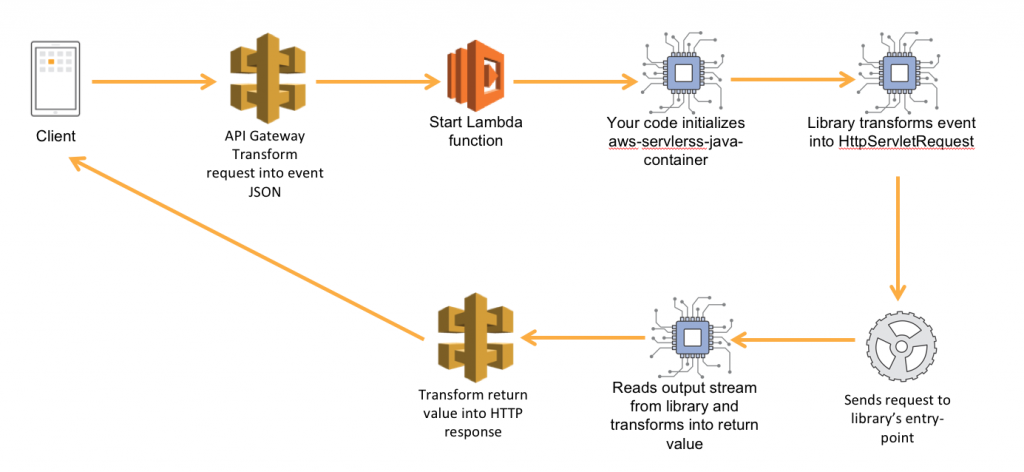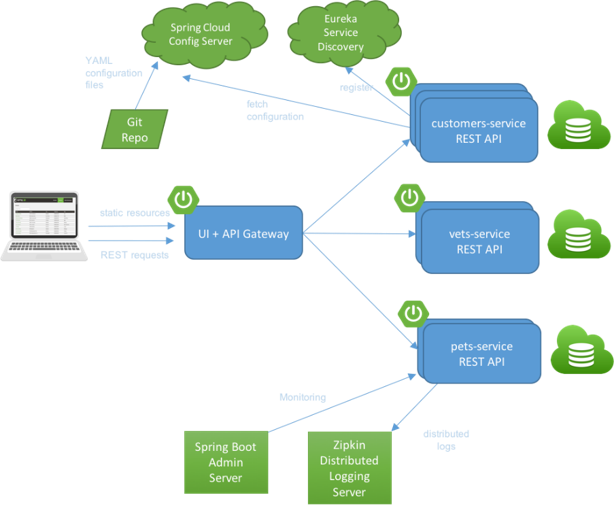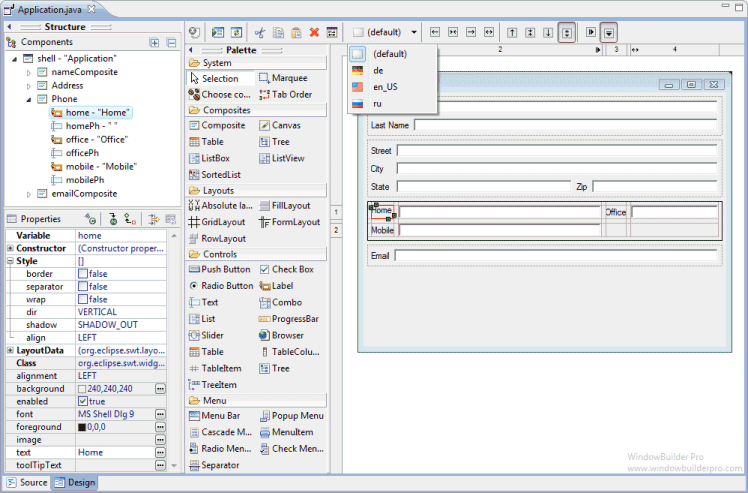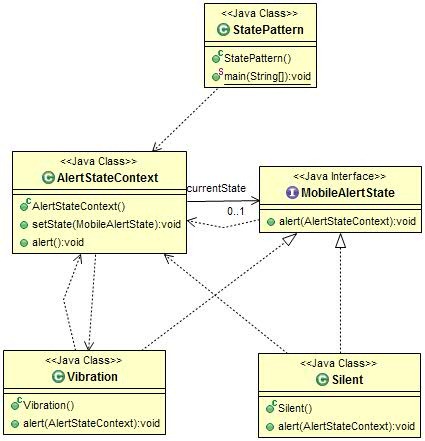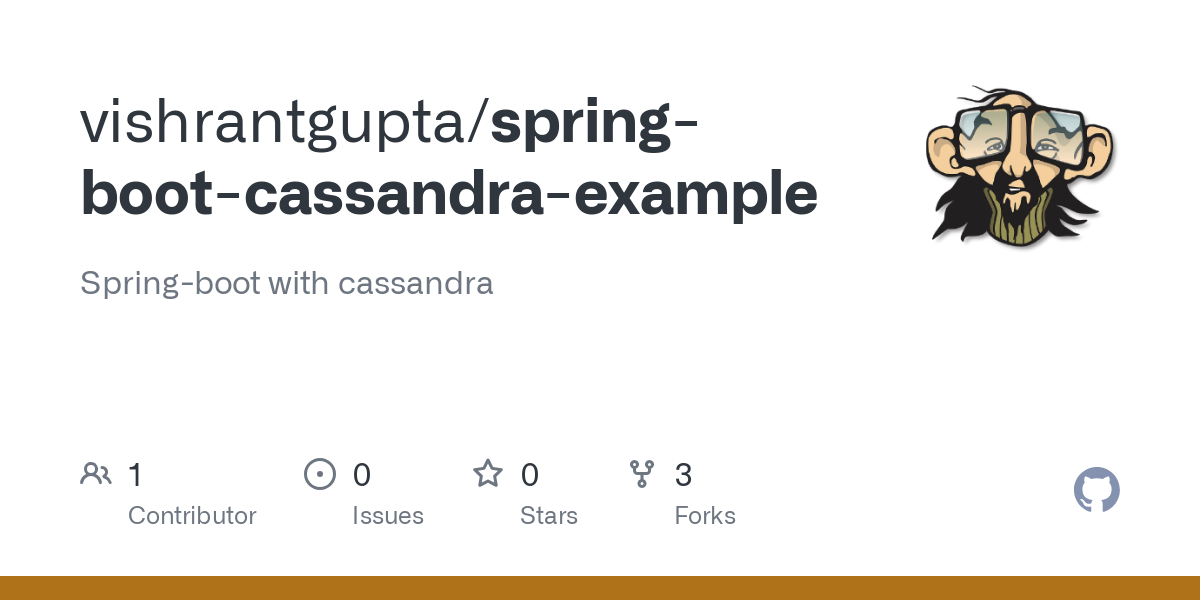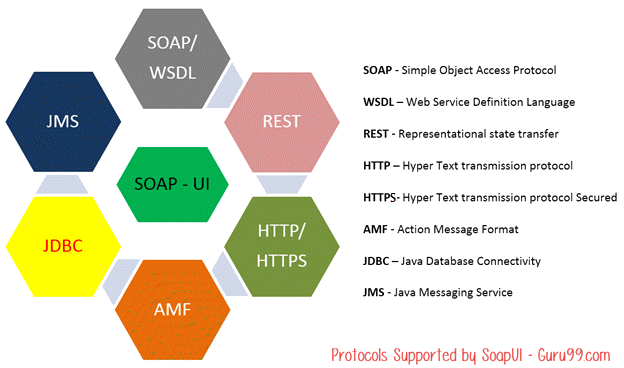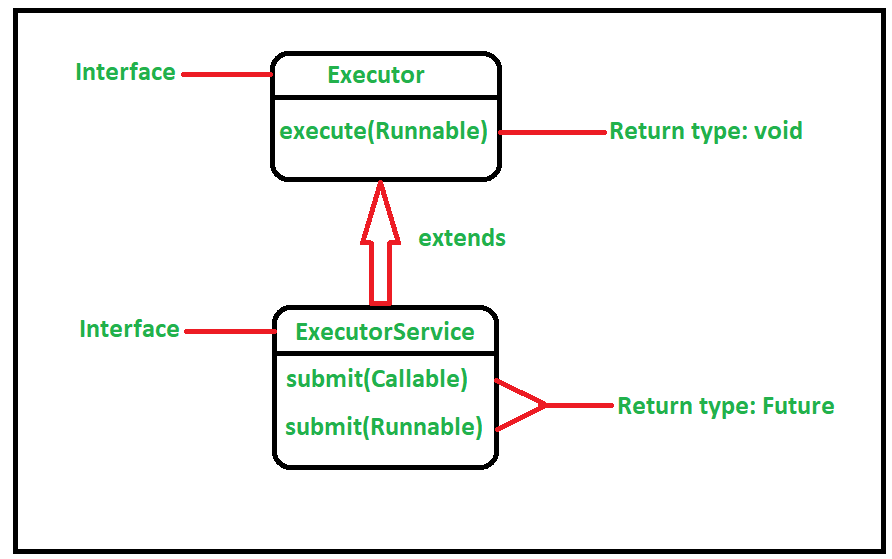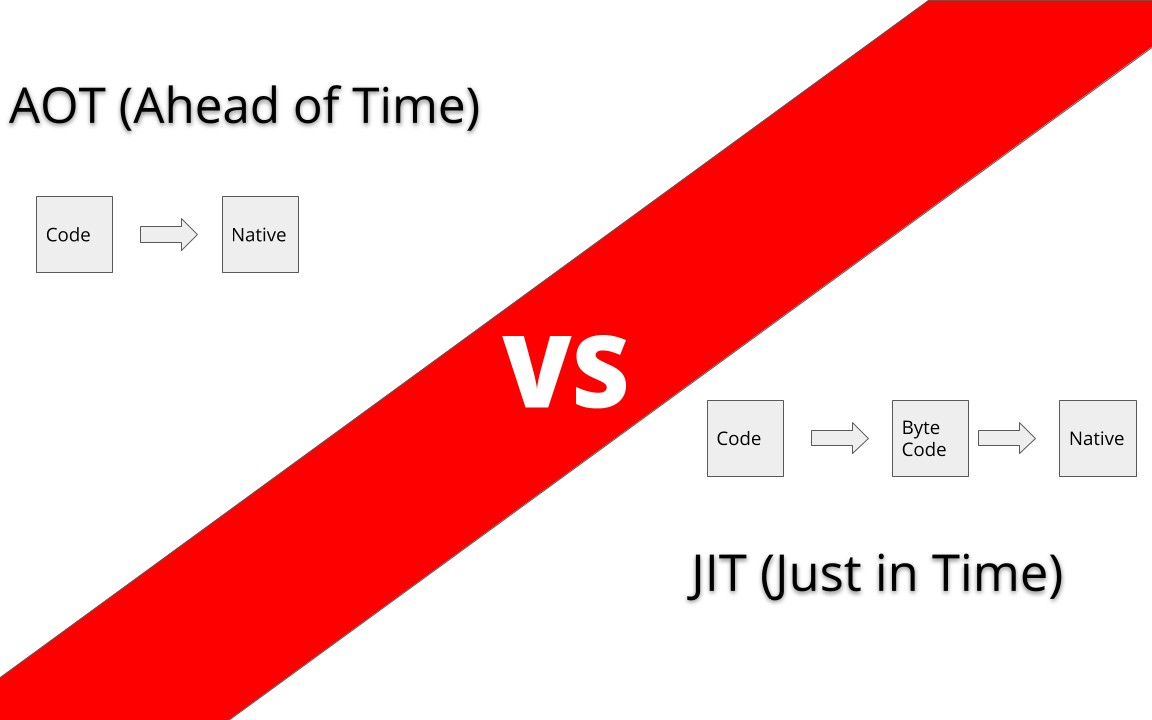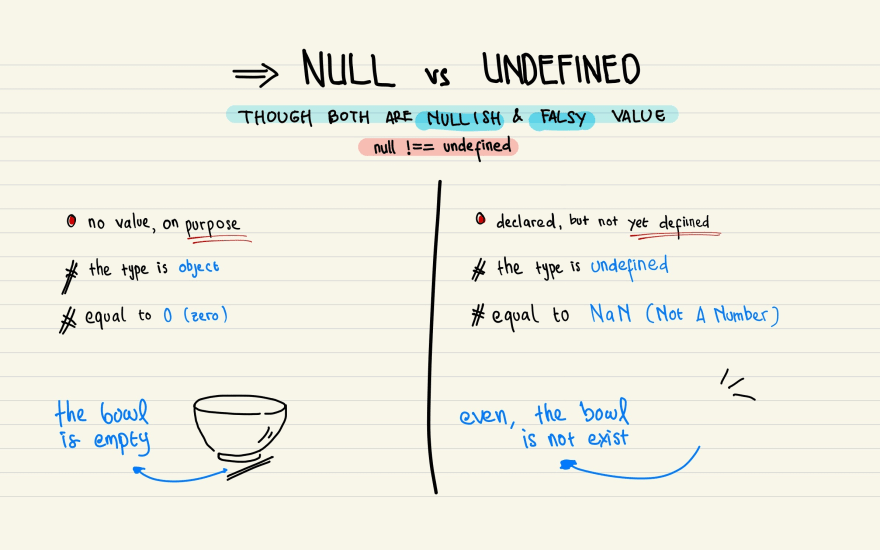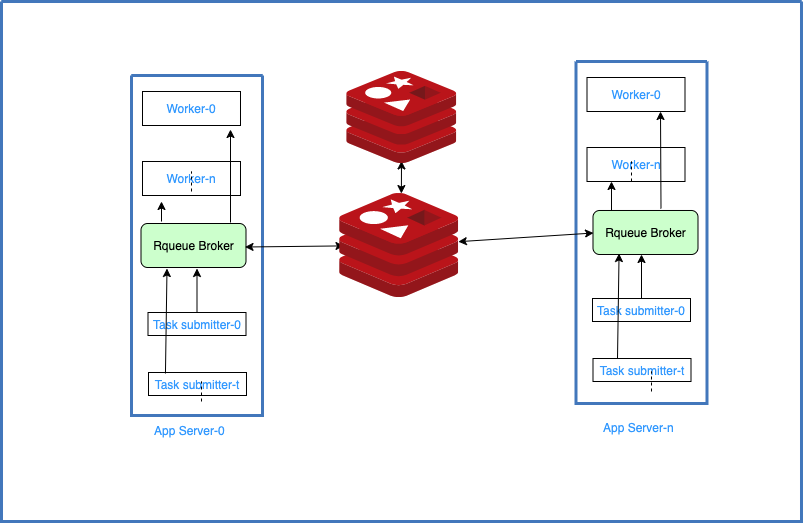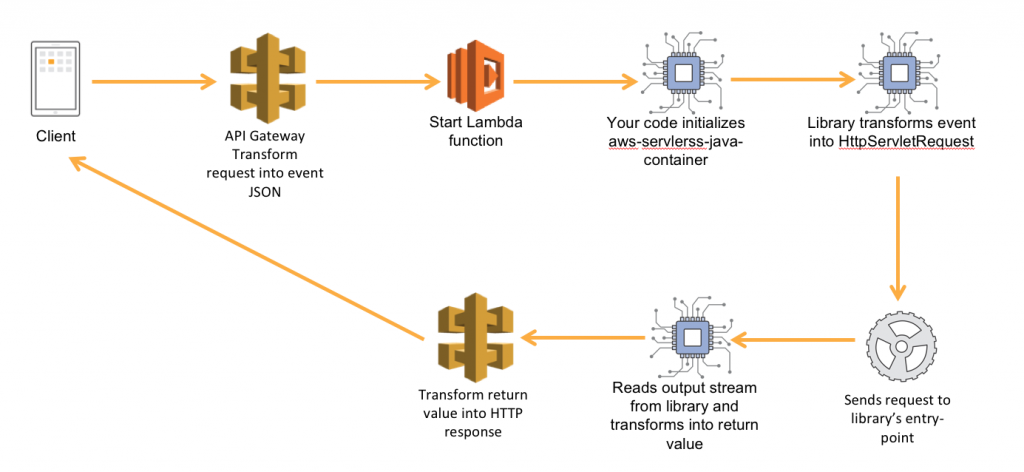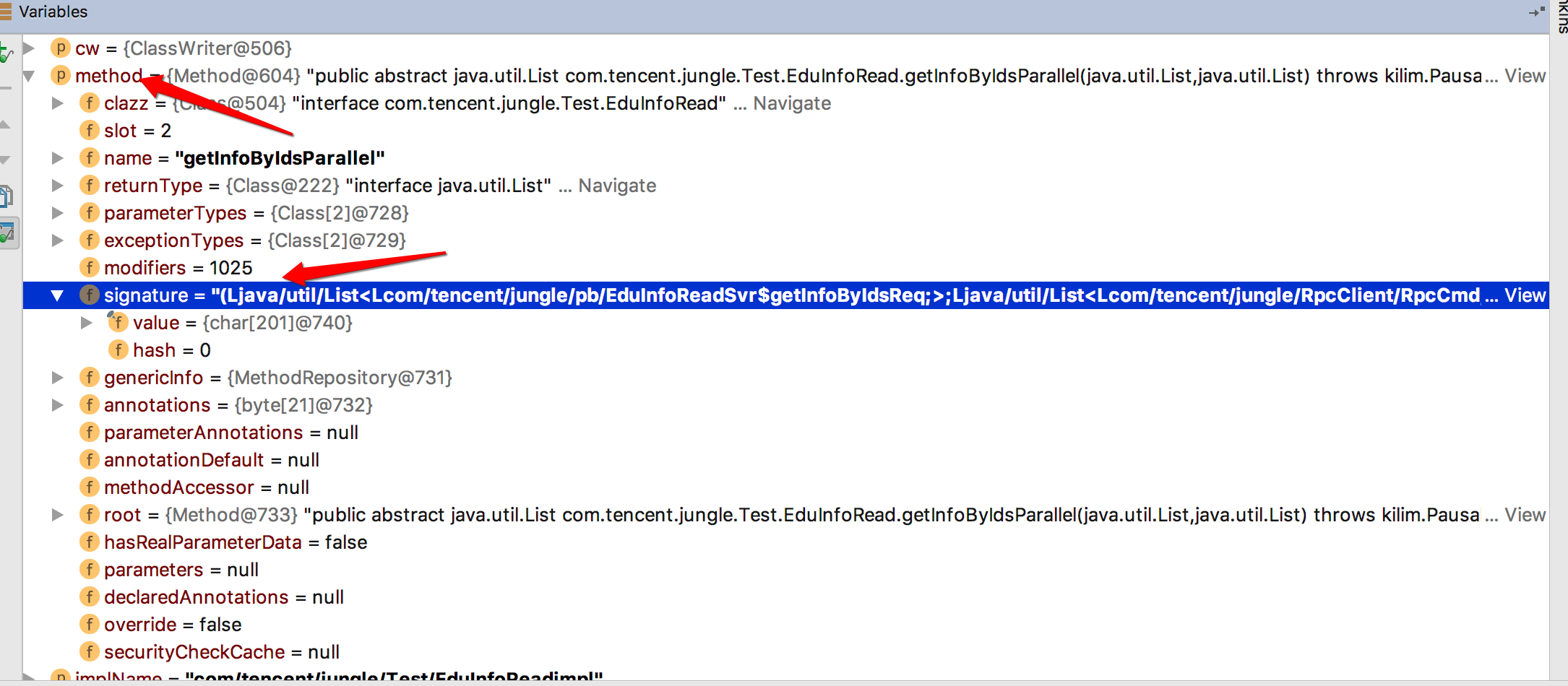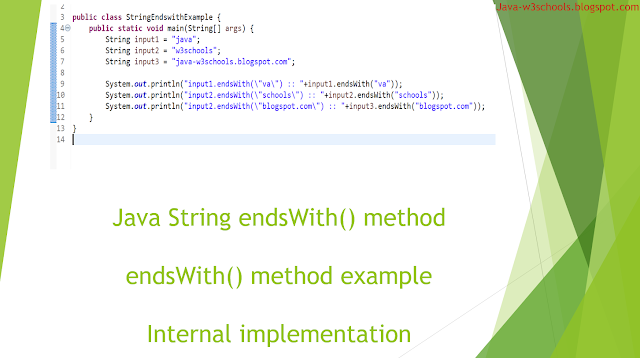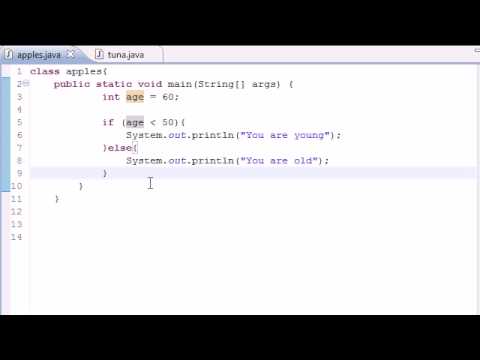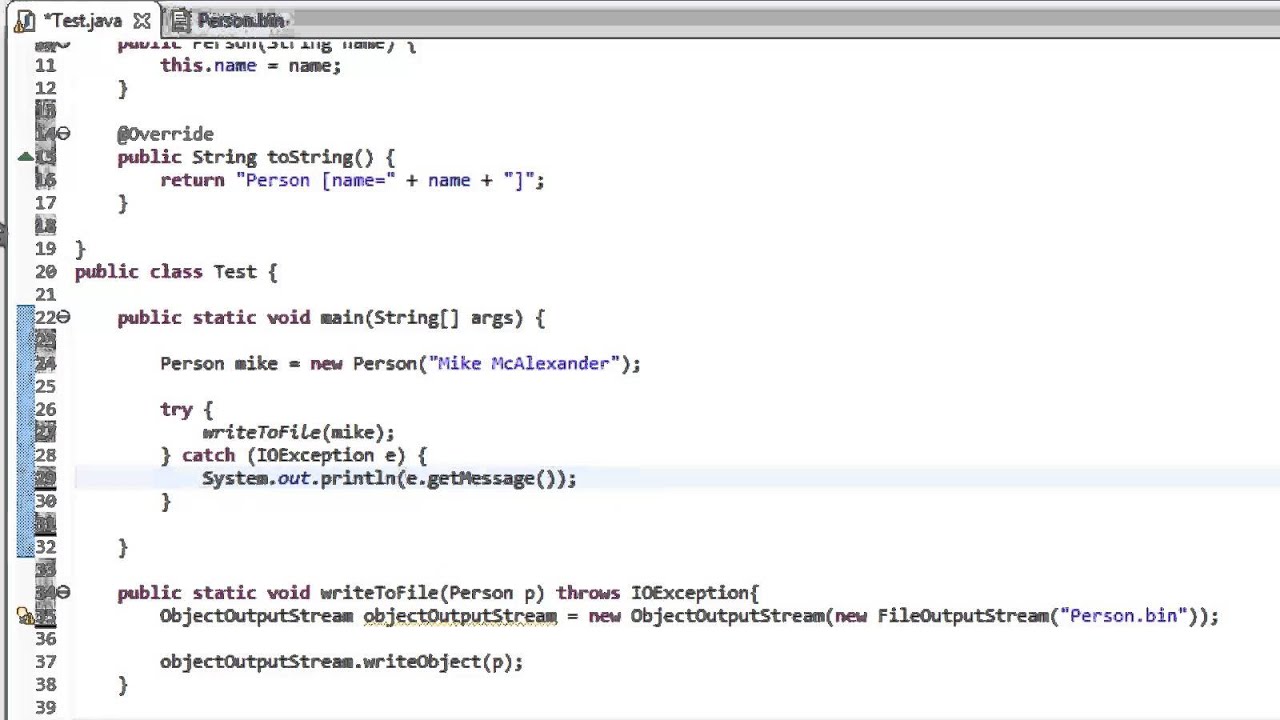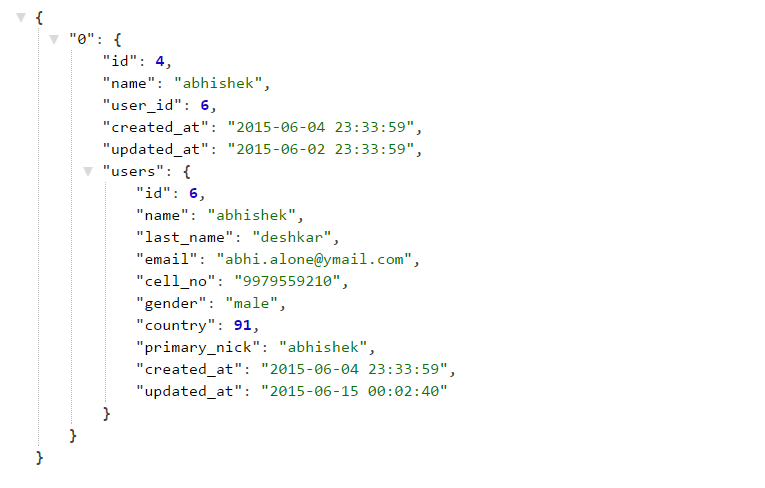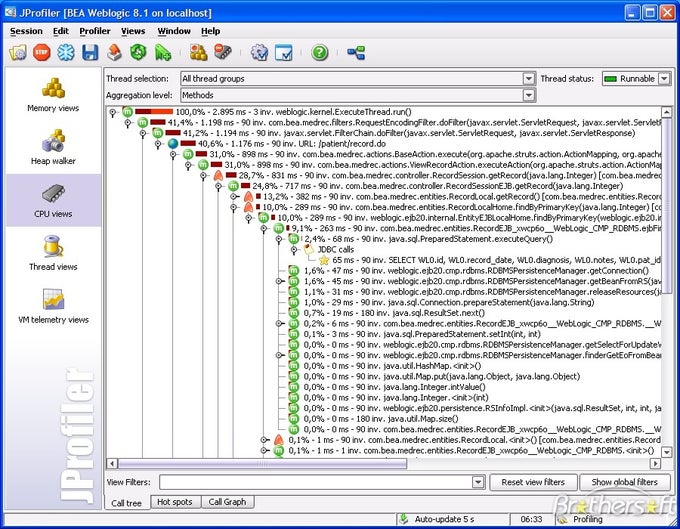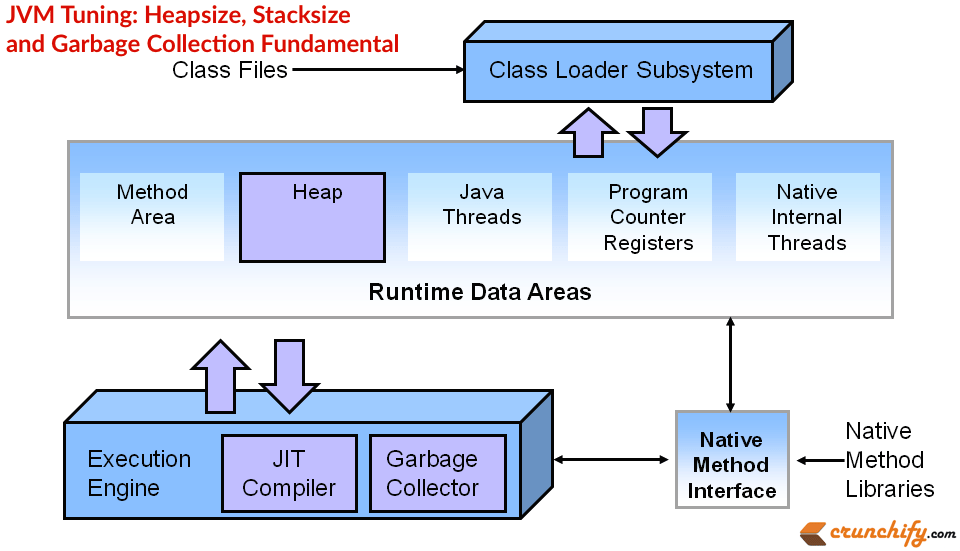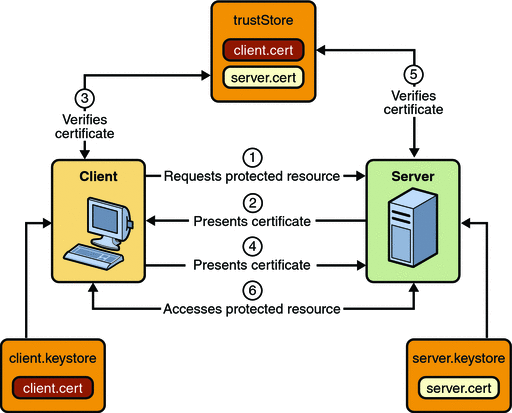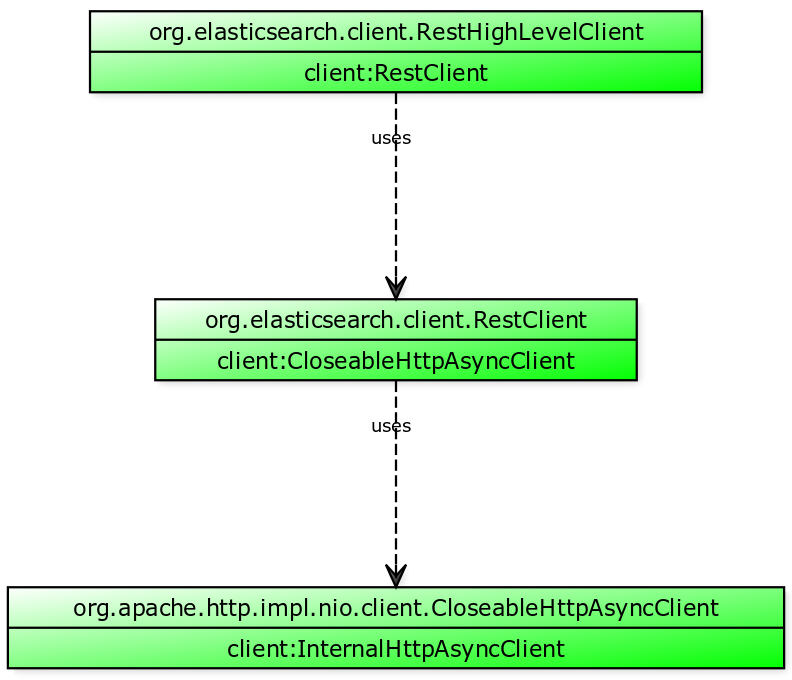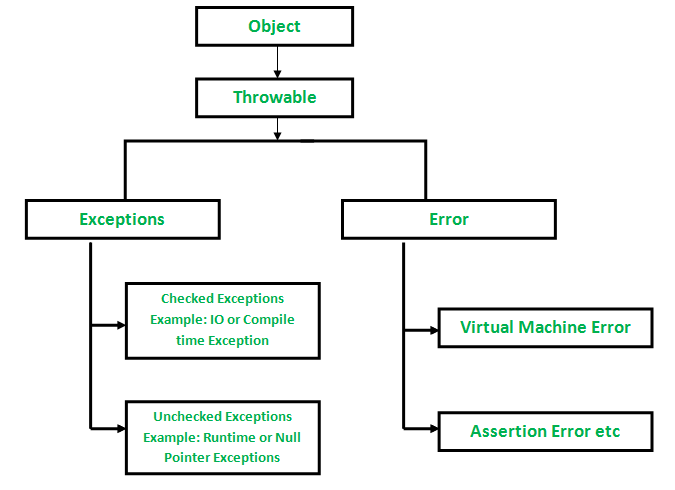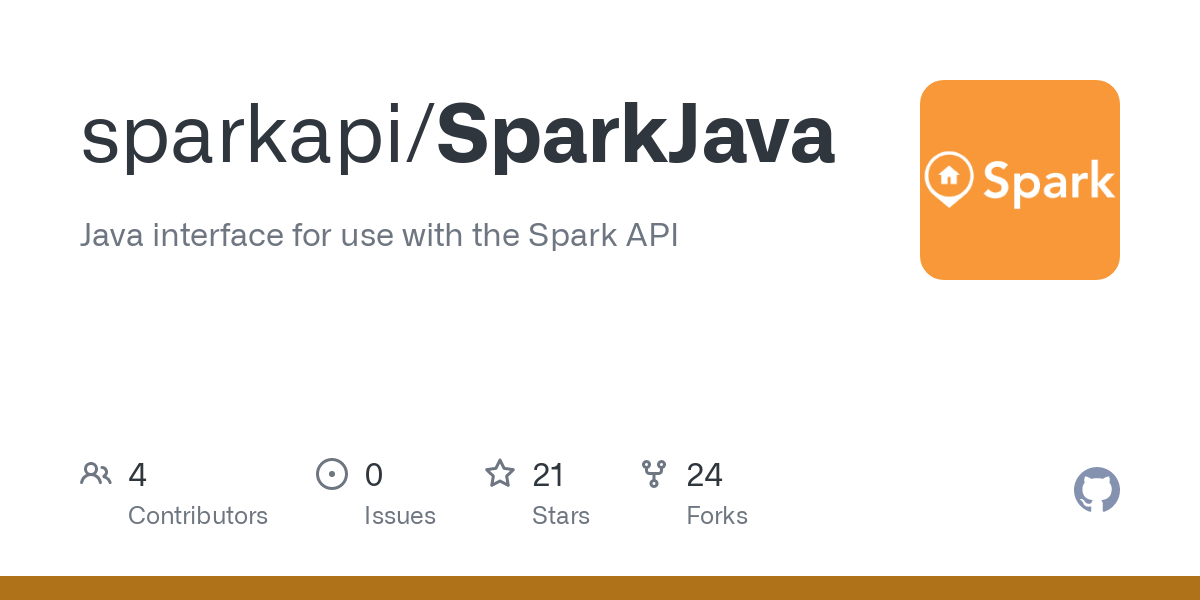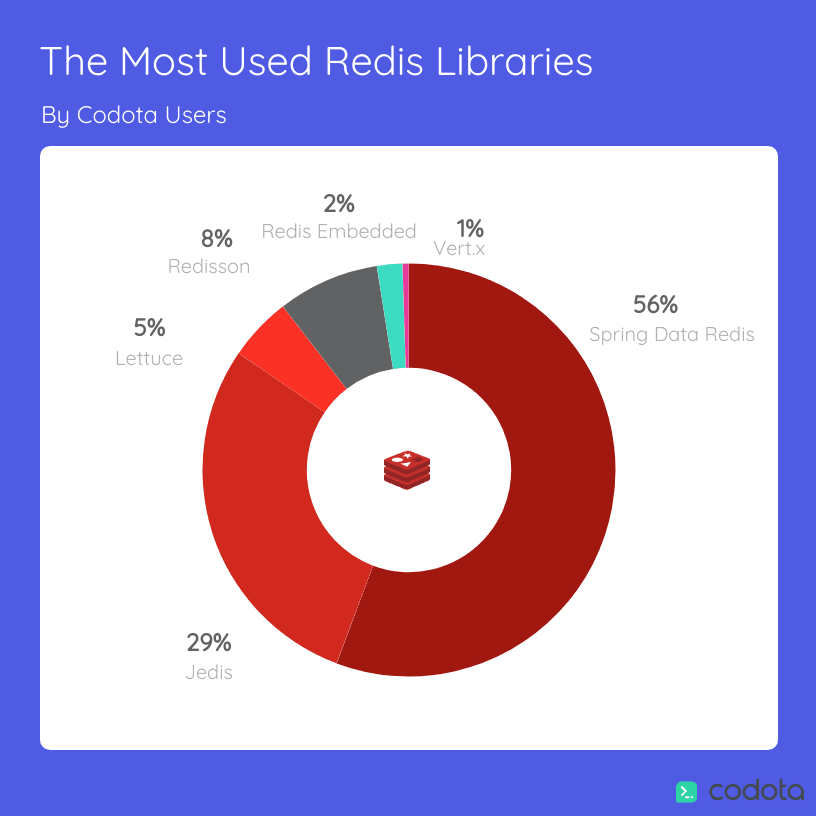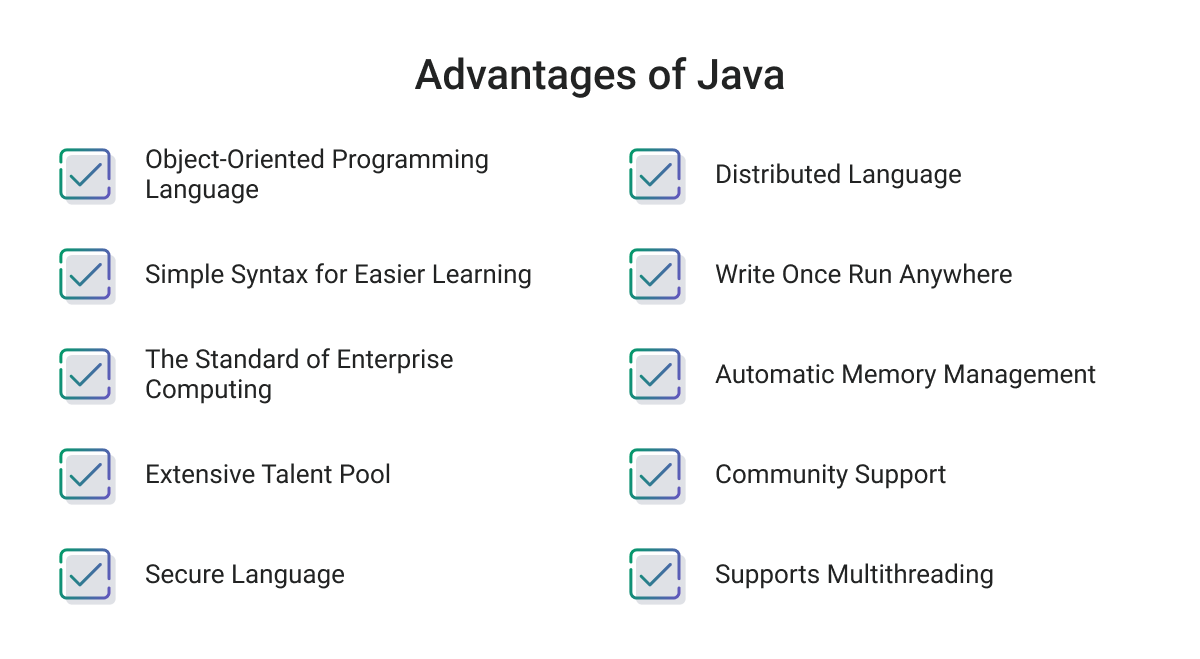What are the four main types of variables used in Java and what are they used to store?
What are the four main types of variables used in Java and what are they used to store?
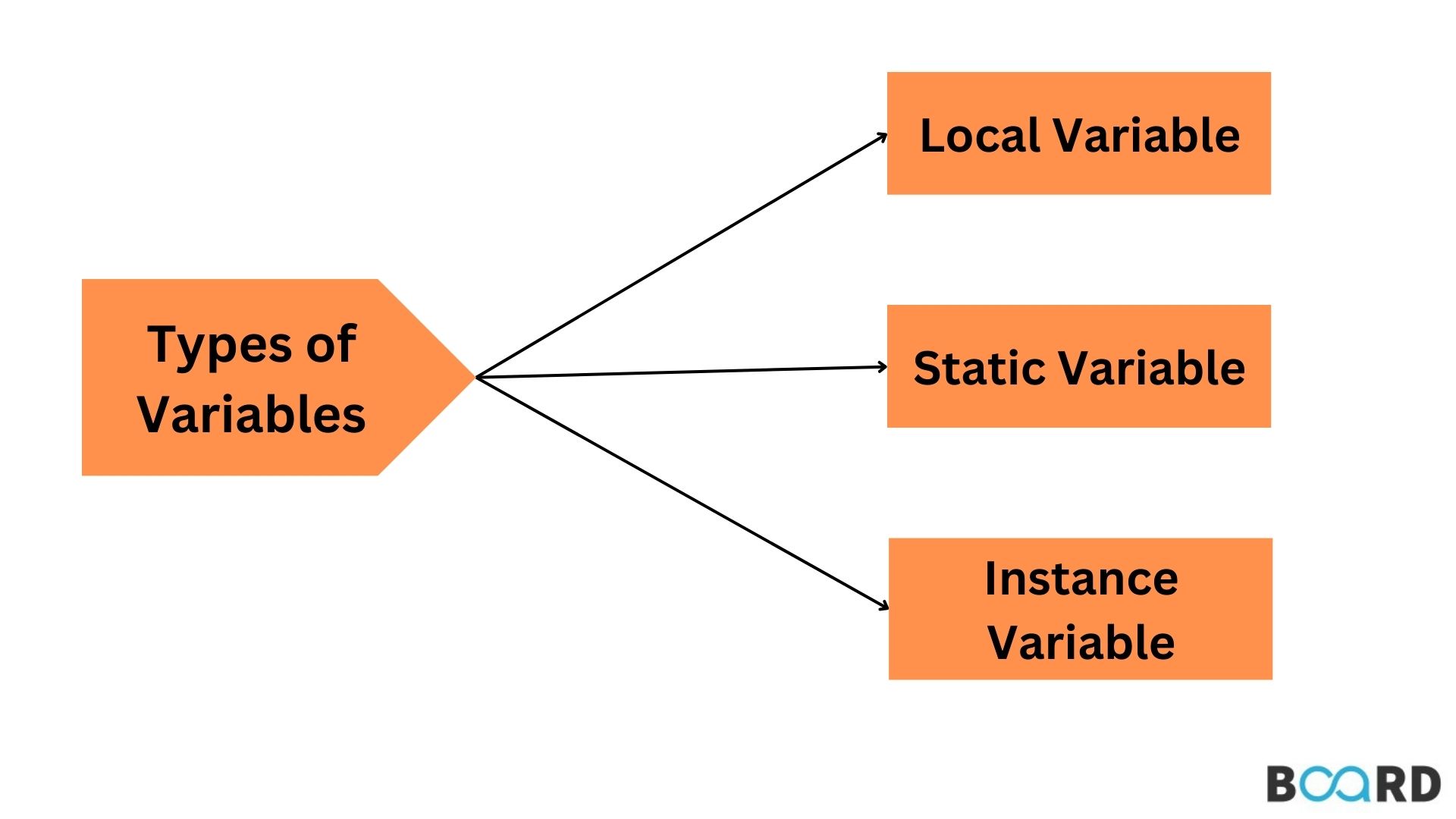
Here's an explanation of the four main types of variables used in Java, along with their uses:
Primitive Variables: These are basic data types that are built into the language. In Java, there are eight primitive data types: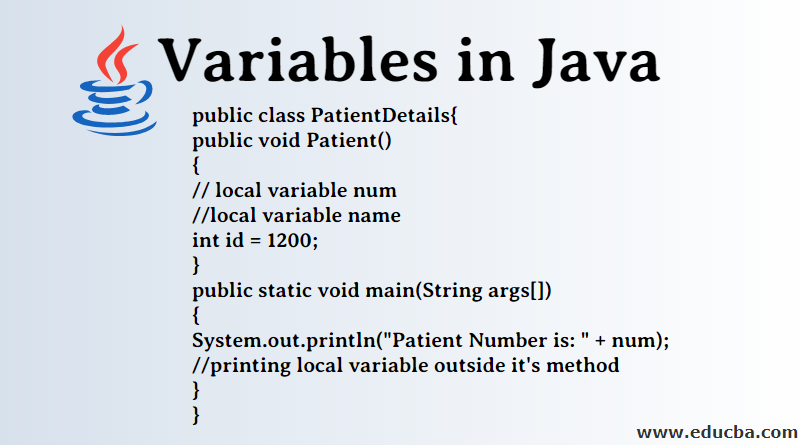
int: Stores integer values (whole numbers).
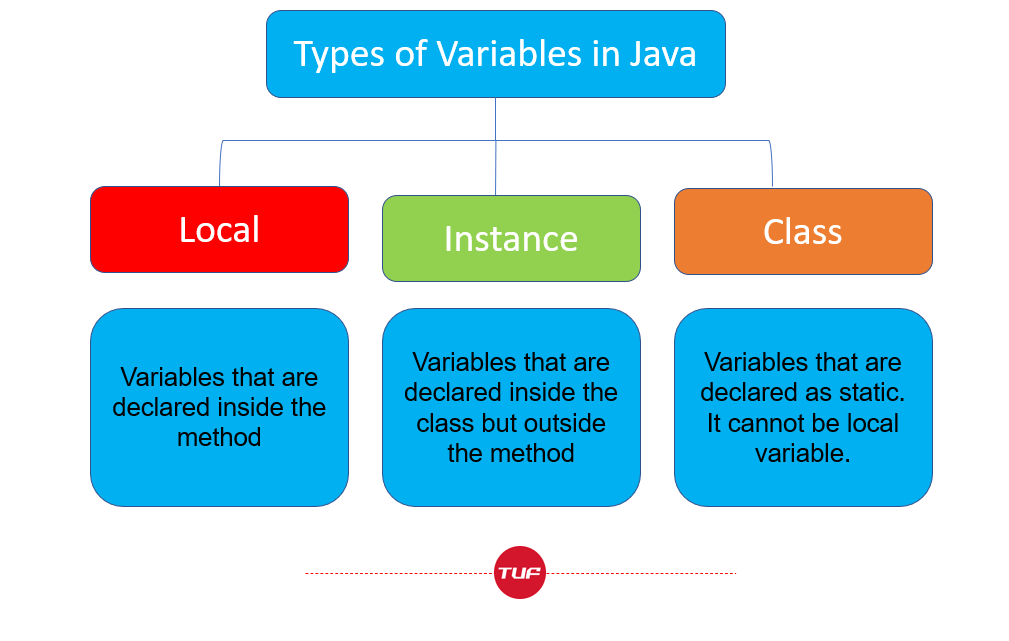
byte: Stores small integer values (whole numbers). long: Stores large integer values (whole numbers). float: Stores decimal floating-point values.
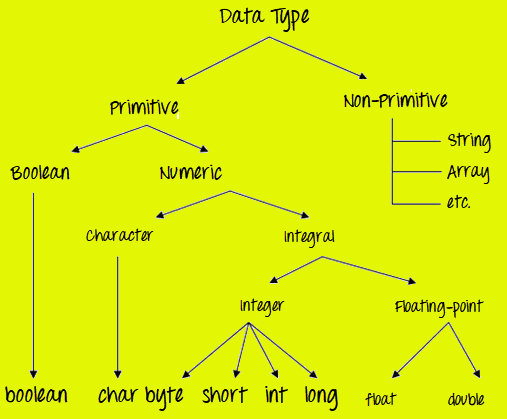
double: Stores decimal floating-point values with higher precision. boolean: Stores true or false values. char: Stores single Unicode characters. short: Stores short integer values (whole numbers).
These variables are used to store basic data, such as numerical values, strings, and boolean conditions.
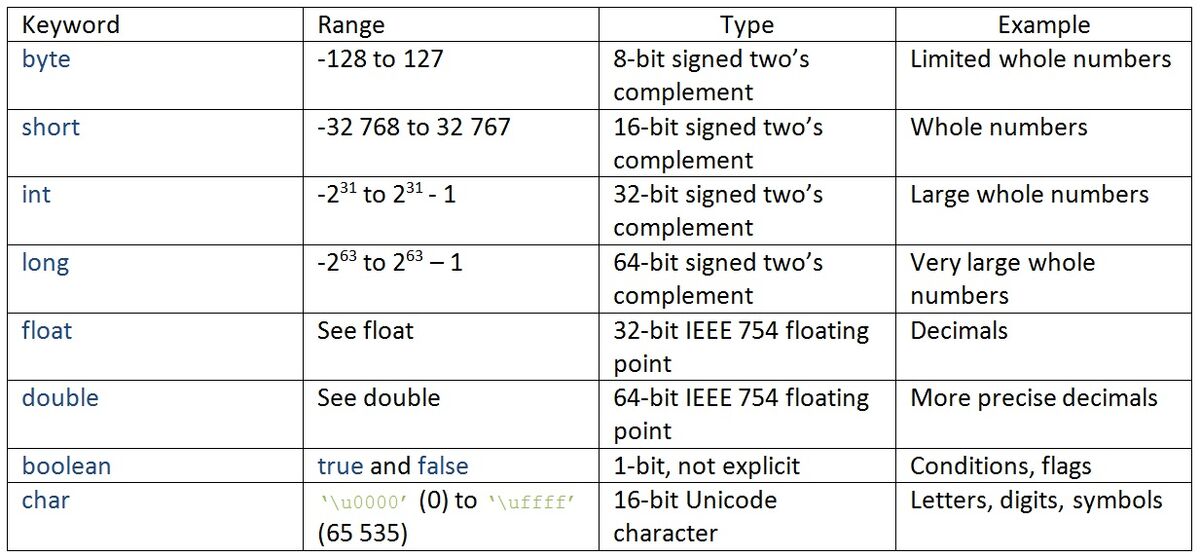
String: Stores a sequence of characters. Array: Stores a collection of primitive or object elements.
Reference variables are used to store complex data structures, such as strings, arrays, and objects.
Local Variables: These variables are declared within a method or block and are only accessible within that scope. Local variables can be any type, including primitives, reference types, and even other local variables.Local variables are used to store temporary values that are needed only for the duration of the method or block.
Instance Variables (Fields): These variables are declared within a class and are associated with each instance of the class. Instance variables can be accessed using the dot notation (e.g.,myObject.myField).
Instance variables are used to store data that is specific to each object, such as properties or attributes.
In summary, Java has four main types of variables: primitive variables for basic data, reference variables for complex data structures, local variables for temporary values, and instance variables (fields) for storing data associated with each object. Each type serves a unique purpose in organizing and manipulating data within your Java programs.
what is data types in java
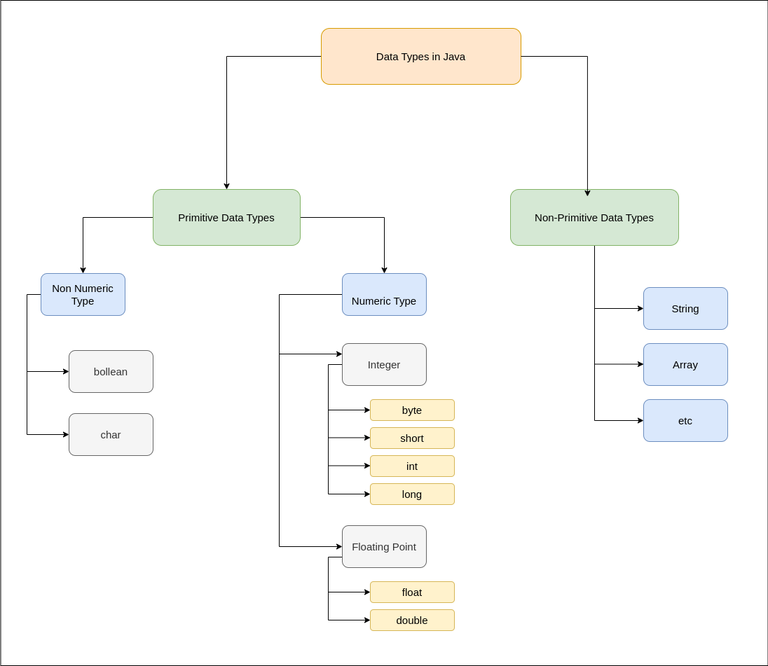
I'm happy to help!
In Java, a data type is the classification of memory that a program allocates for storing a value. Each data type has its own set of characteristics, such as size, range, and usage. In this response, we'll explore the various data types in Java.
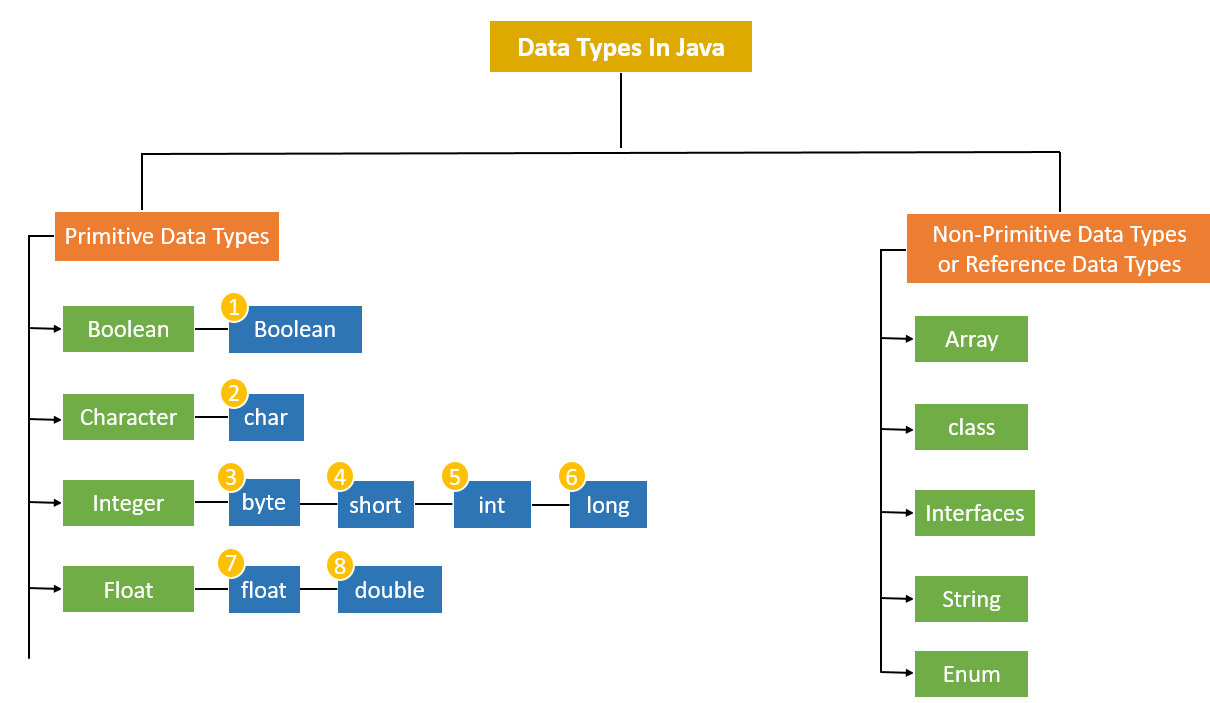
Primitive Data Types

Java has eight primitive data types:
byte: An 8-bit signed integer, ranging from -128 to 127. short: A 16-bit signed integer, ranging from -32,768 to 32,767. int: A 32-bit signed integer, ranging from -2,147,483,648 to 2,147,483,647. long: A 64-bit signed integer, ranging from -9,223,372,036,854,775,808 to 9,223,372,036,854,775,807. float: A single-precision floating-point number, with a range of approximately 1.4E-45 to 3.4E+38. double: A double-precision floating-point number, with a range of approximately 4.9E-324 to 1.8E+308. boolean: A logical value that can be either true or false. char: A single Unicode character, represented by a 16-bit integer.Non-Primitive Data Types
In addition to the primitive data types, Java has several non-primitive data types:
String: A sequence of characters, which is a reference type that inherits from classObject. Array: A collection of values of the same data type, stored in contiguous memory locations. Class: An instance of the Class class, which represents the metadata for a particular class.
Reference Data Types
Java has several reference data types:
String: As mentioned earlier, this is a sequence of characters that is a reference type. Object: The base class for all objects in Java, which provides a set of basic methods such asequals() and toString(). Wrapper Classes: These are classes that wrap around primitive data types, allowing them to be used with object-oriented programming concepts, such as inheritance and polymorphism. Examples include Integer, Double, and Boolean.
Summary
In summary, Java has a wide range of data types, including primitive types (such as integers and floating-point numbers), non-primitive types (such as arrays and strings), and reference types (which are classes or objects that can be referenced by other variables). Understanding the different data types in Java is essential for programming effectively with this language.
Please let me know if you have any further questions!
